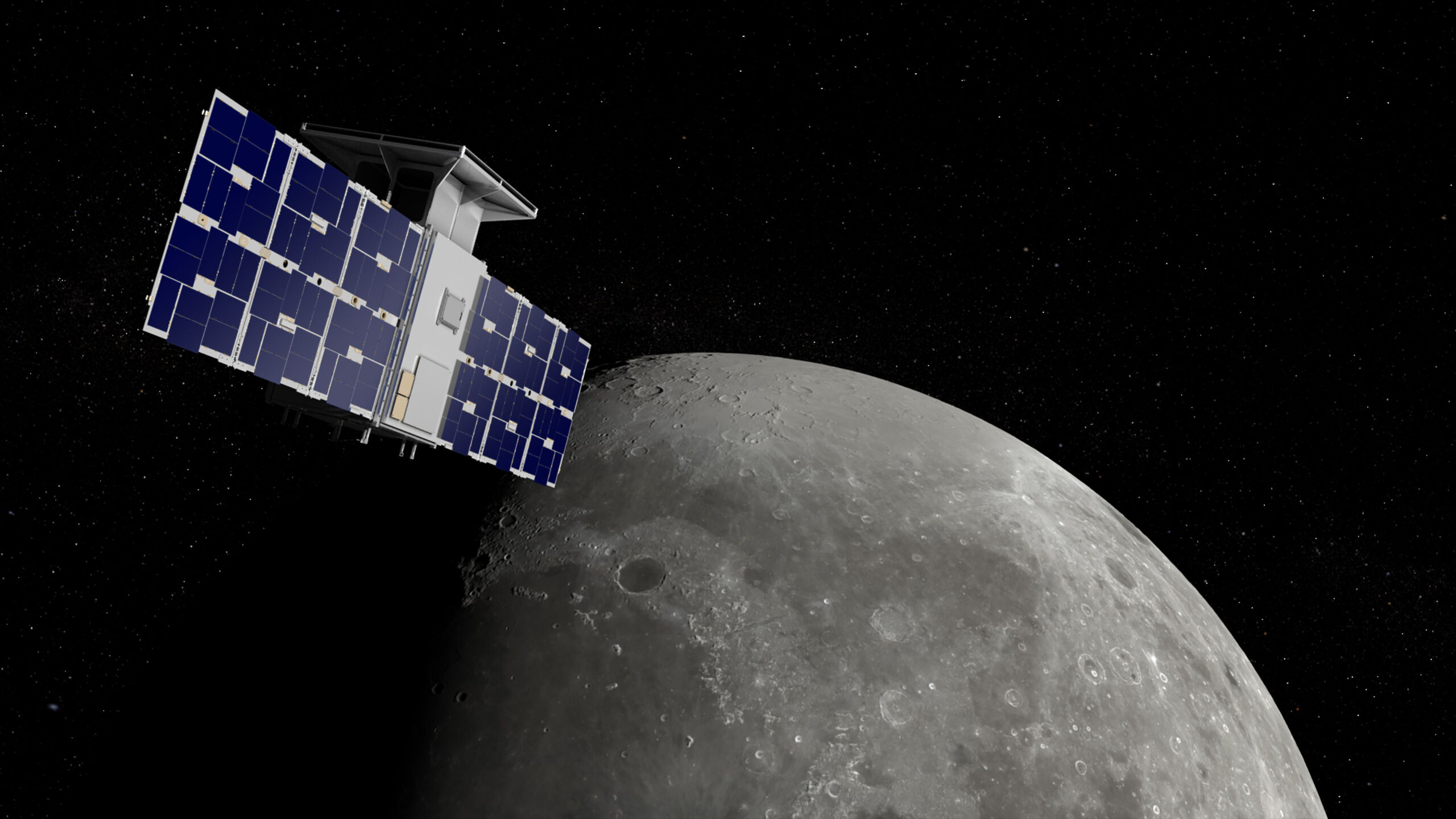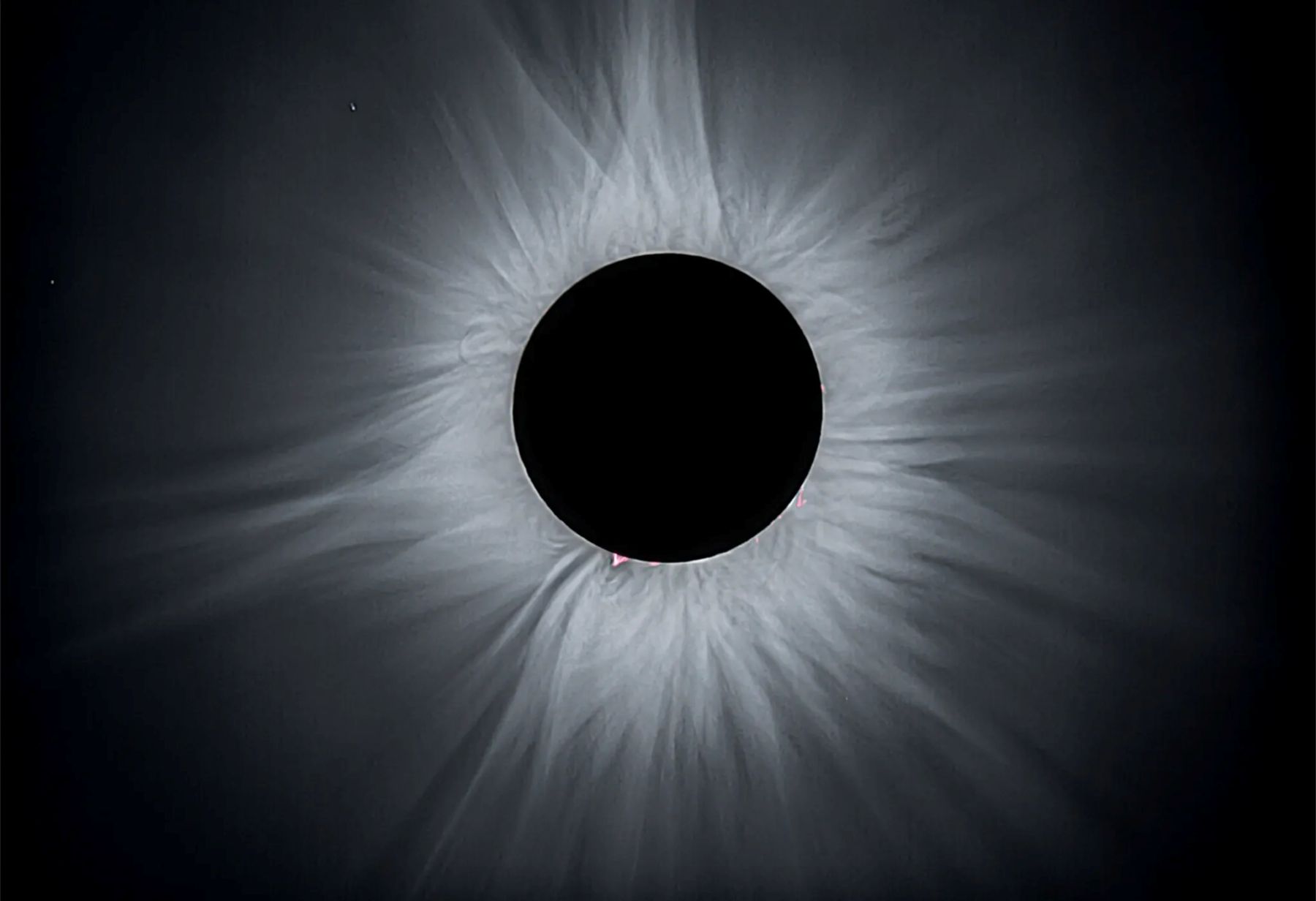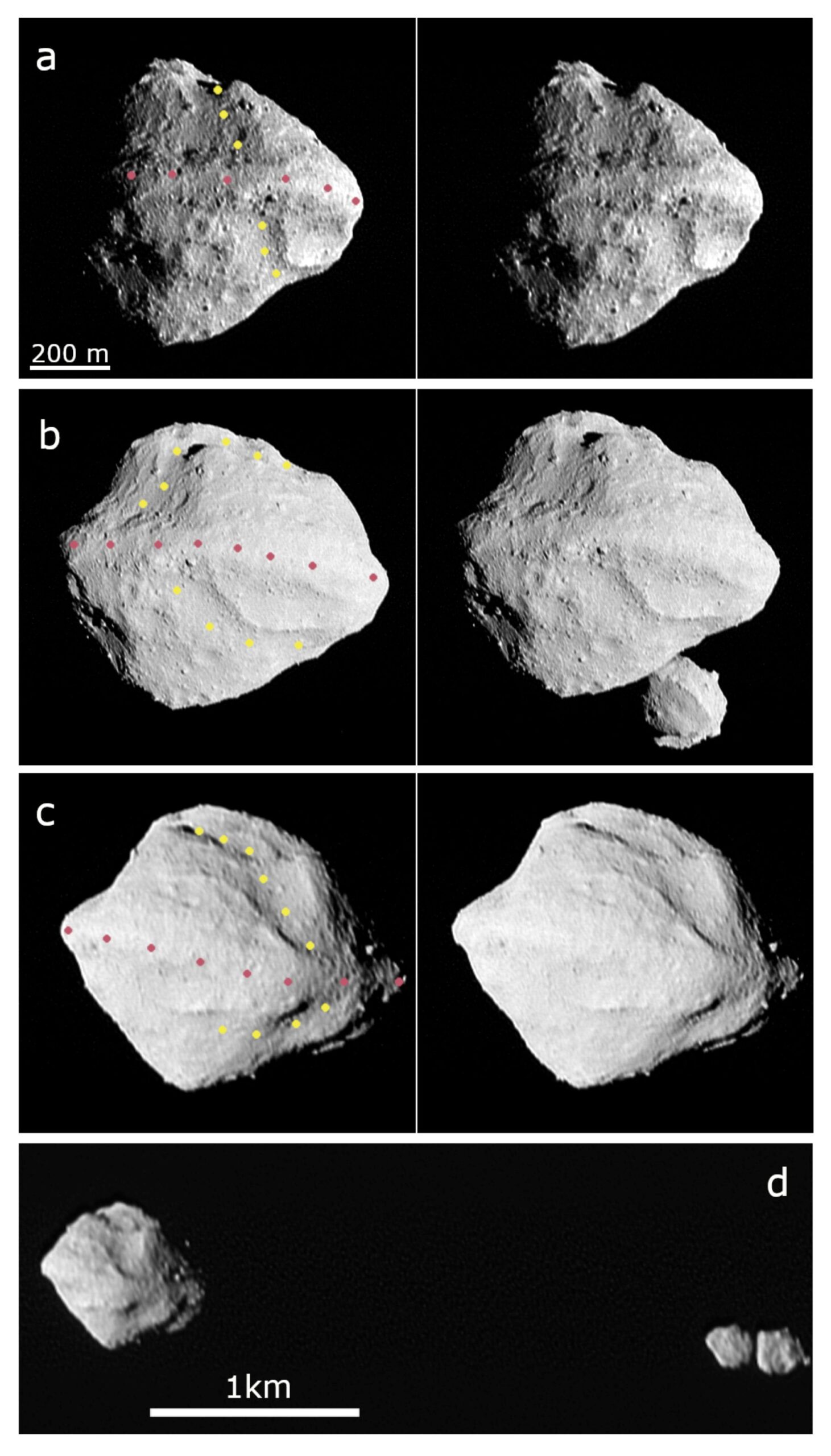NASA Armstrong Builds Sensor Pod for Autonomous Flight

The design and build of a unique NASA pod, produced to advance computer vision for autonomous aviation, was recently completed in-house at NASA’s Armstrong Flight Research Center in Edwards, California, by using the center’s unique fabrication capabilities. The pod is called the NASA Airborne Instrumentation for Real-world Video of Urban Environments (AIRVUE). NASA Armstrong can take an idea from a drawing to flight with help from the center’s Experimental Fabrication Shop.
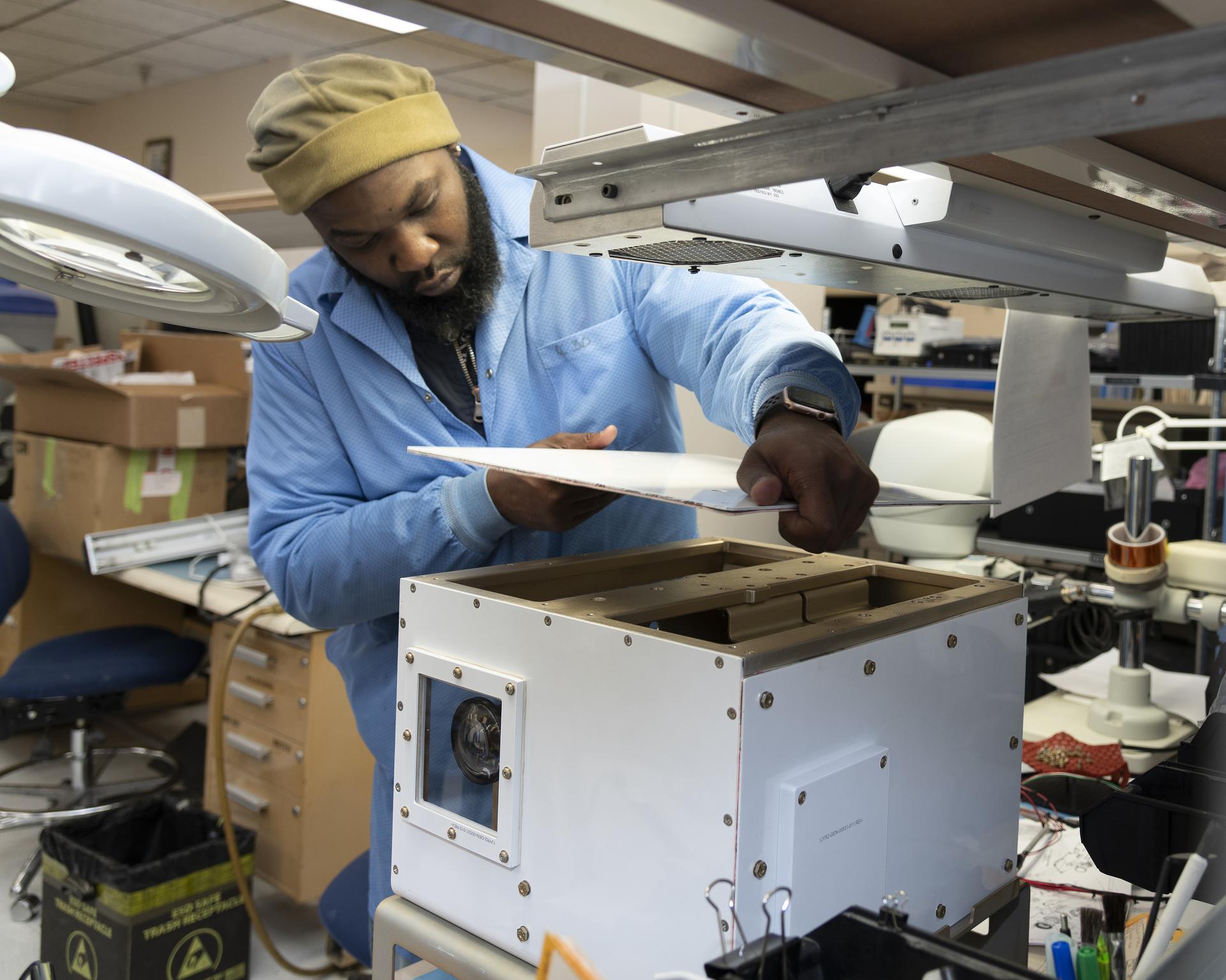
NASA researcher James Cowart adds the top back onto the NASA Airborne Instrumentation for Real-world Video of Urban Environments (AIRVUE) sensor pod at NASA’s Armstrong Flight Research Center in Edwards, California, in late February 2024. The pod houses sensors, wiring and cameras. The AIRVUE pod was flown on a helicopter at NASA’s Kennedy Space Center in Florida and is used to collect data for future autonomous aircraft.
NASA/Genaro Vavuris
NASA subject matter experts developed the idea for the project, after which engineers drew up plans and selected materials. The Experimental Fabrication Shop received those plans and gathered the materials to fabricate the pod.
After the pod was built, it moved to NASA Armstrong’s Engineering Support Branch, where electronics technicians and other specialists installed instruments inside of it. Once completed, the pod went through a series of tests at NASA Armstrong to make sure it was safe to fly at NASA’s Kennedy Space Center in Florida on an Airbus H135 helicopter. The engineering team made final adjustments to ensure the pod would collect the correct data prior to installation. More about the design and fabrication process, and the pod’s capabilities, is available to view in a NASA video.
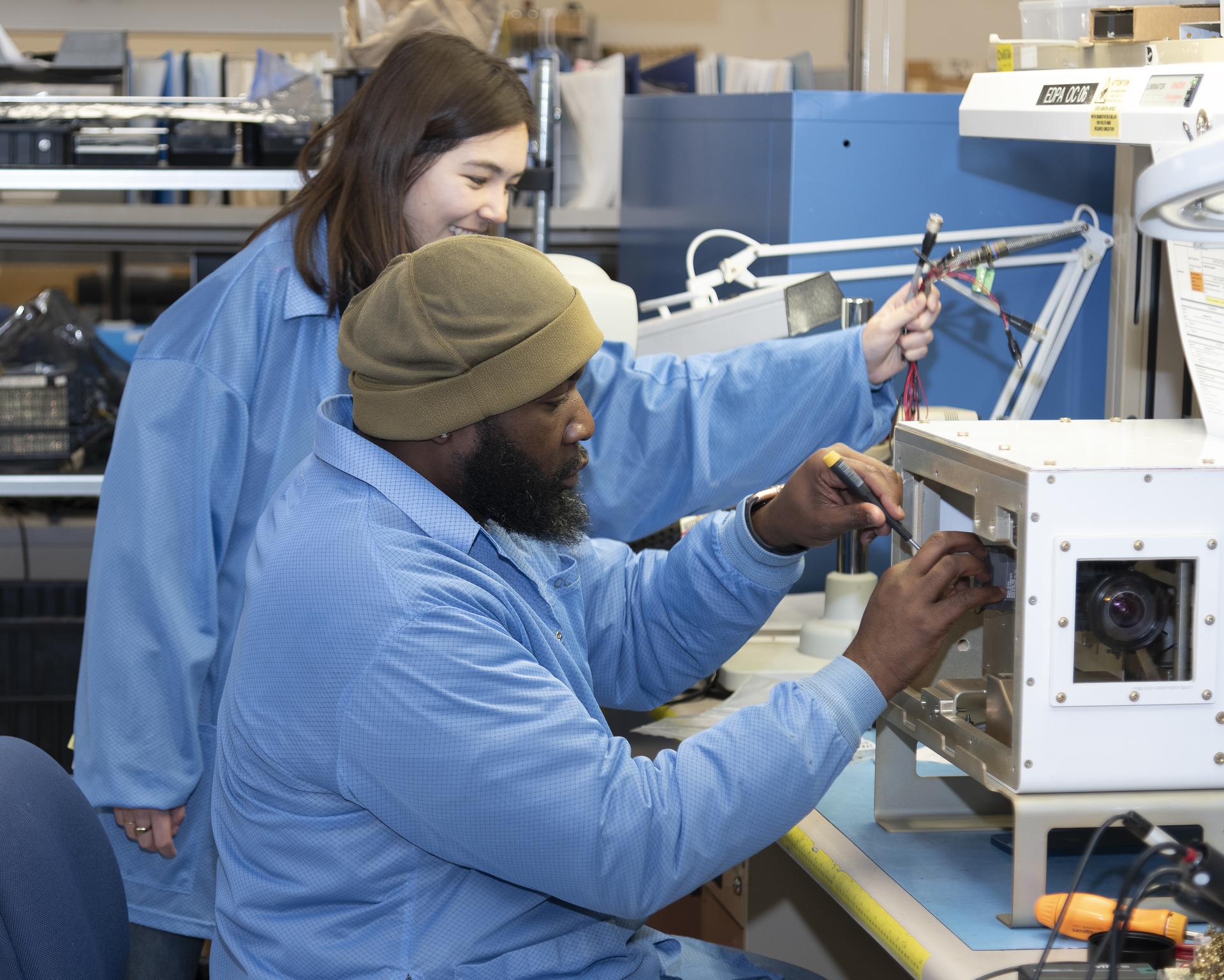
NASA researchers James Cowart and Elizabeth Nail add sensors, wiring and cameras, to the NASA Airborne Instrumentation for Real-world Video of Urban Environments (AIRVUE) sensor pod at NASA’s Armstrong Flight Research Center in Edwards, California, in late February 2024. The AIRVUE pod was flown on a helicopter at NASA’s Kennedy Space Center in Florida and is used to collect data for future autonomous aircraft.
NASA/Genaro Vavuris

